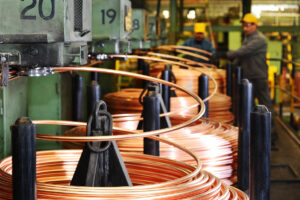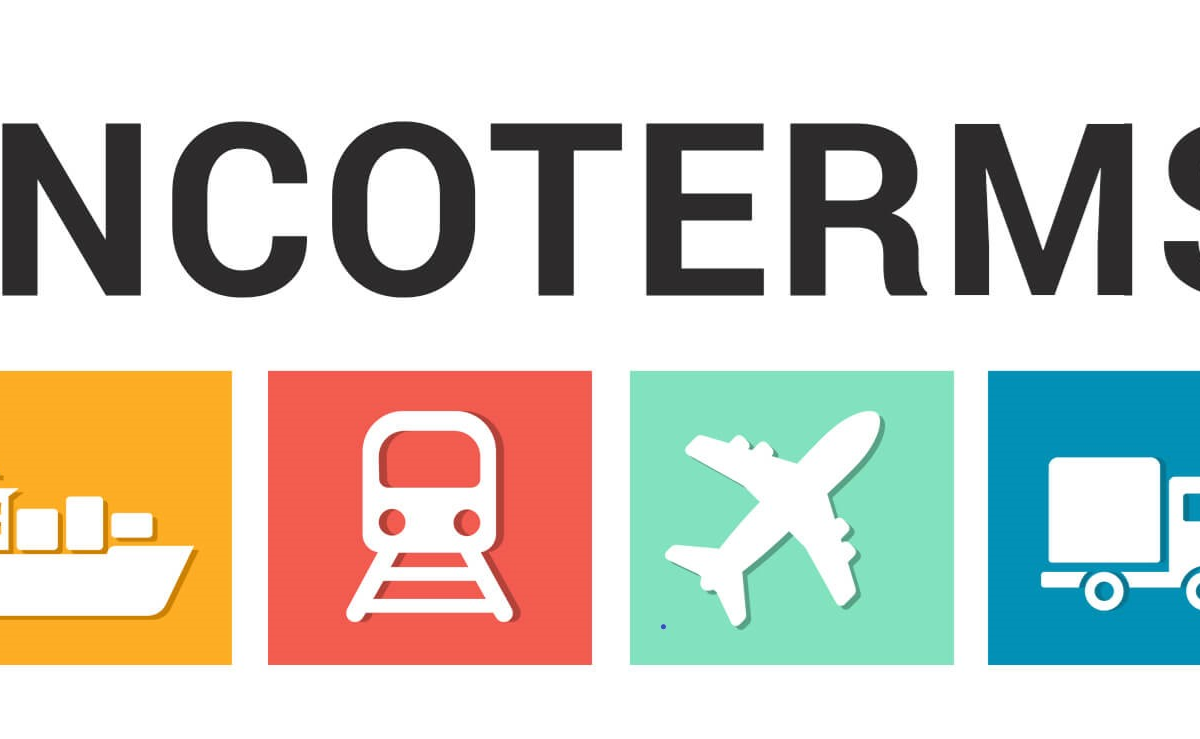
This article is written by Austin Garcia
Copper Market at a Crossroads: Tariffs, Supply Issues, and Record Prices
The copper market is in the midst of major changes. In the U.S., plans to add tariffs of up to 50% on copper imports are being discussed. This aims to boost U.S. production. But it also risks global trade tensions. Adding to this, Glencore’s problems in Chile are cutting copper supplies. This is pushing prices to record highs. These events are deeply changing the market for this vital metal.
U.S. Tariffs: The Upsides and Downsides
President Trump’s proposed copper tariffs seek to lessen import reliance. They aim to strengthen U.S. production. Copper is vital for infrastructure, renewable energy, and technology. So, this could boost U.S. economic growth.
However, higher tariffs come with a cost. Businesses using imported copper will face higher expenses. This includes construction, auto, and electronics firms. This could lead to higher prices for consumers. Critics worry this plan might hurt trade relations. It could also add stress to global supply chains.
Chile’s Copper Troubles
Meanwhile, Glencore, a huge mining company, has declared “force majeure.” This is at its Altonorte smelter in Chile. This means copper shipments are halted. This plant is key for refined copper. Its issues are shaking the market. Chile produces nearly a third of the world’s copper. It is vital for market balance. These disruptions show weaknesses in supply chains. This is especially true as copper demand rises.
Copper Prices Hit Record Highs
U.S. tariff plans and Chilean supply problems combine. This has sent copper prices soaring. They hit all-time highs on the New York Comex. The tariff idea has widened the price gap. This is between U.S. and global markets. Buyers and sellers are feeling the impact.
Copper is important beyond industry. It is a core material for green tech. This includes electric vehicles (EVs) and solar panels. Rising costs could make sustainability efforts harder globally.
Wider Impacts Are Spreading
The effects of these changes go beyond just copper. The tariff policy aims to boost U.S. growth. But it risks straining ties with major trade partners. Chile’s supply issues show a clear need. Investment in strong mining infrastructure is urgent. Nations are moving towards greener tech. Securing reliable copper supplies will become even more crucial.
What Lies Ahead for Copper?
The copper market is navigating a tough period. It faces economic and geopolitical challenges. U.S. tariffs seek to help the economy. But they might raise costs for makers. They could also increase trade tensions. Chile’s problems add to this. This creates a perfect storm of uncertainty. Demand for green and tech solutions is growing. Copper’s importance will only increase. Moving forward, working together and planning will be key. This will help address these hurdles.



